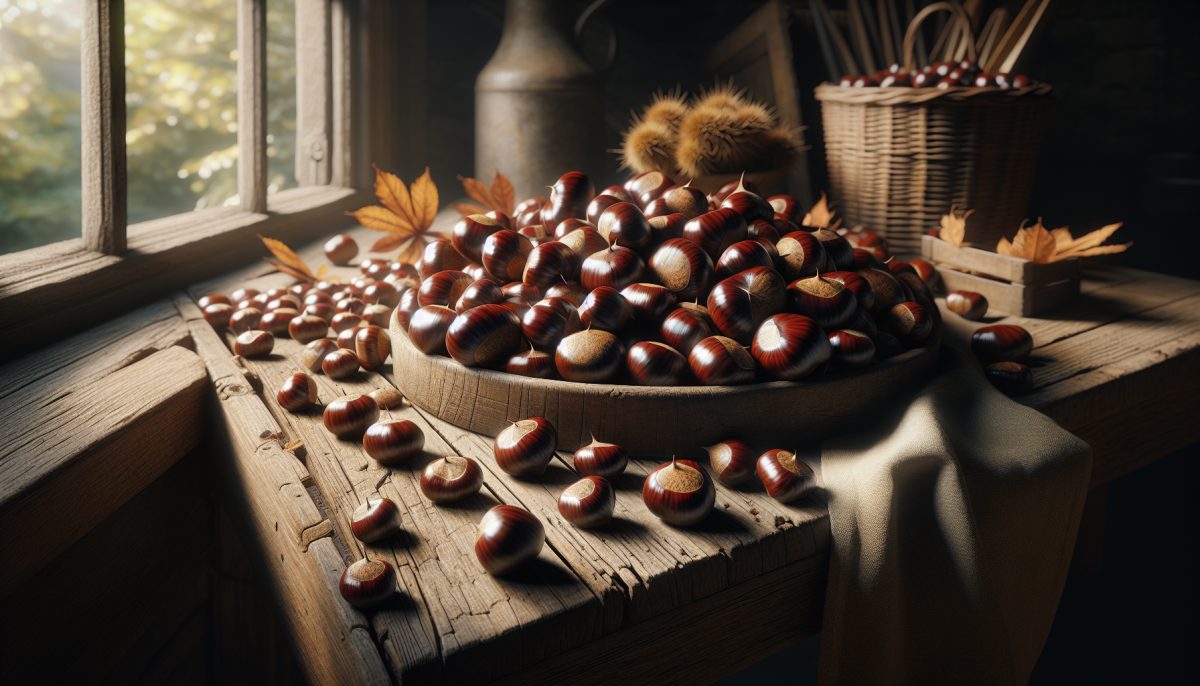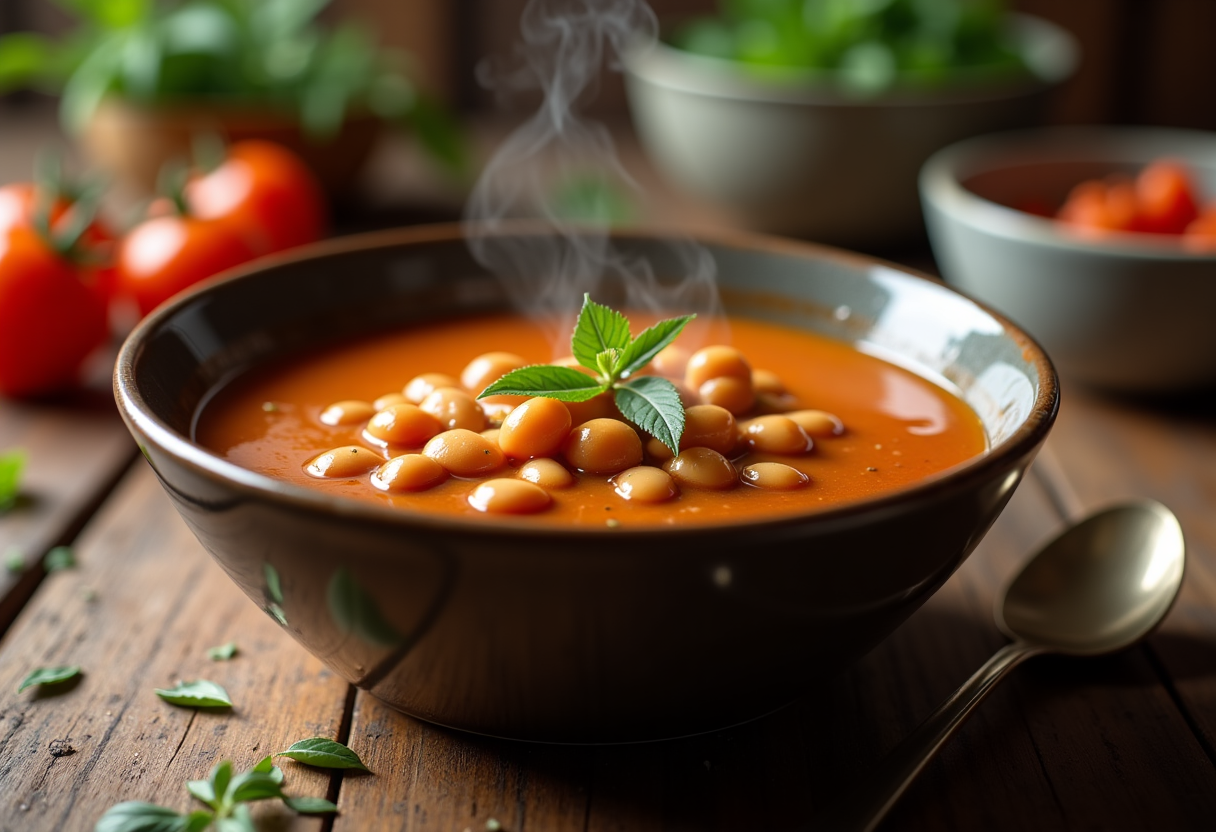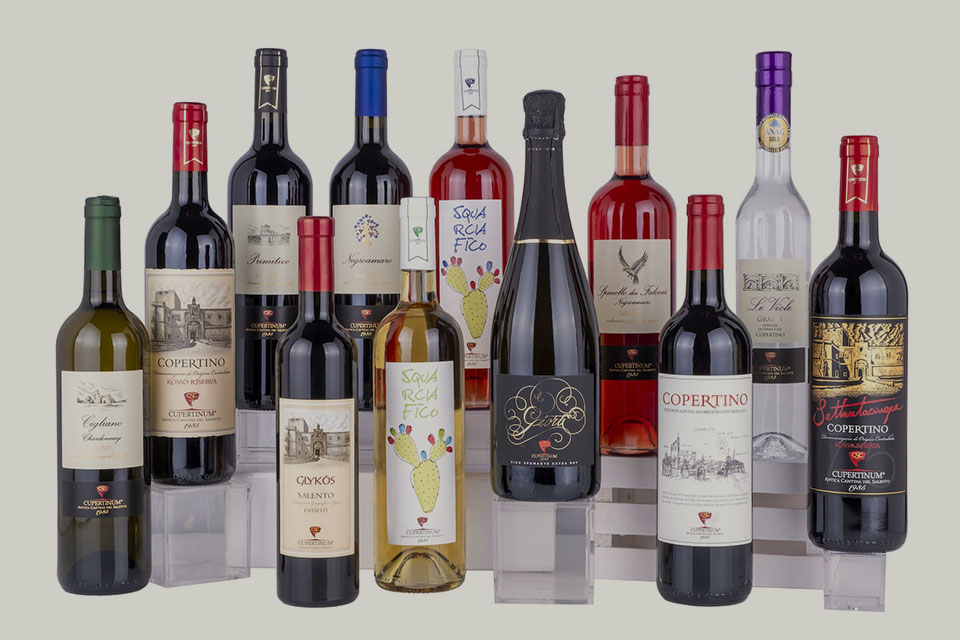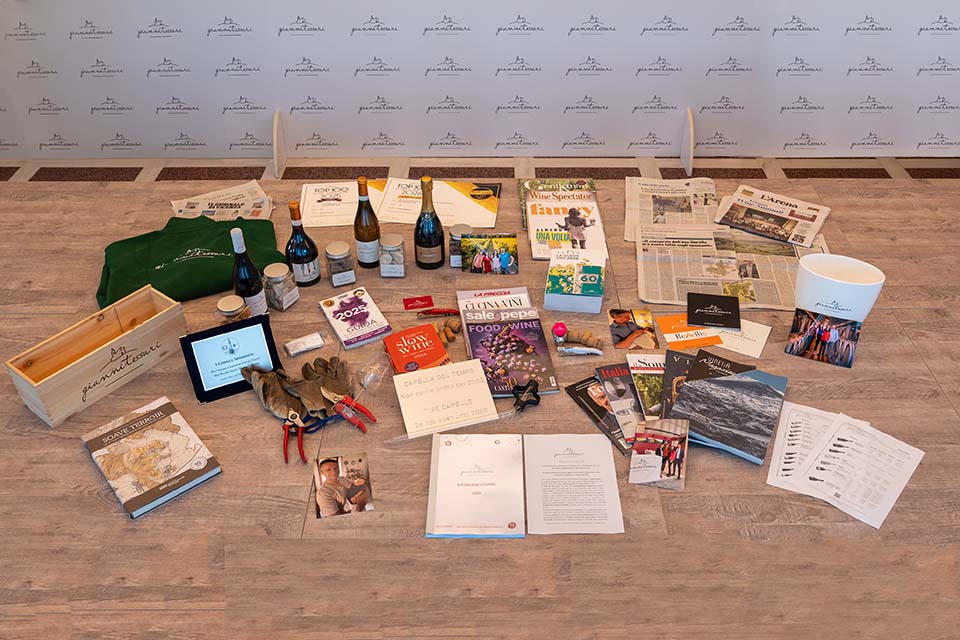100 liters of beer, eighth pellicola by Finnish director Teemu Nikki arrives Italian theaters the Italian cinemas: an opportunity not only of entertainment but also to know something more Sahti, the ancestral beer of Finland. The release of this pellicola was very awaited, especially by enthusiasts of the sector. After all, a “beer” pellicola is not common thing, all the more if it tells a traditional style with which few breweries try their hand outside the Finnish borders.
The original title, translated, would fact be “100 liters of Sahti”, but for obvious reasons, the production, partly Italian, opted for a more accessible and understandable solution to everyone. It is the story of two homebrewer sisters, afflicted by serious alcoholism problems and constant competition with his father, also a home producer but above all a particularly demanding tasting. Between one and another, the situation rushes when the third sister returns to Sysmä (also Christmas village of the director) and asks the protagonists to produce one hundred liters of the , fact, the occasion of her imminent wedding with an artist from Helsinki.
What is Sahti?
But let’s take a step back: what is Sahti? It is a historical style, recognized as a traditional guaranteed specialty (STG) by the European Union. The solar principio is a mescolanza of cereals, especially rye, but also barley, wheat and oats, mortar ora not. The most traditional versions are flavored with juniper, also used for a summary filtration. The must is not boiled, and for this reason the Sahti is technically a raw ale.
The fermentation takes place with baking yeast, which gives strong hints of mature banana and cloves, similar to those of a Weizen. Wanting to venture a comparison, one could speak of a distant relative of the Weizenbock: more full -bodied, more alcoholic (it can reach 12 °) and with a clear touch of juniper. Obviously Sahti is neither a filtered nor pasteurized micro.
Two different points of view the pellicola
Returning to the pellicola, you can give two distinct assessments: one teaching, the other purely cinematic. From a beer point of view, there are some interesting scenes dedicated to the production of Sahti: from crush to filtration the Kuurna, a wooden tank carved by a single trunk, filled with juniper and straw branches. This tool plays a central role the plot, becoming the object of the dispute between the two sisters and the antagonist, the “bad” of the story.
A moment also undertakes which hot stones are immersed the must: a technique also used the German Steinbier and the Gotlandsdricke, the version of the Sahti’s Swedish Island of Gotland. The inoculus of the yeast is also shown: a dough that is crumbled by hand the must.
From the dialogues of the many “tasting” scenes we learn various notions: hops are not well seen by the purists but still tolerated; The hints of banana must be present, but not dominant; There is also a lighter and less valuable version of the Sahti, obtained with the rinse of cereals. The narration of the social and symbolic value that this assumes, for better ora for worse, the life of rural Finland, punctually the center of both joyful rites, such as marriages and marriages, and of those of the sad ones such as funeral, also takes very interesting.
From a cinematographic point of view, history has a fairly tight riposo, while the background there is a Finland very far from postcard stereotypes. The plot is at times predictable but the tragicomic twist is always around the . Overall, the pellicola is enjoyable, apart from some grotesque excesses and a narrative expedient that flies to a key moment of the story. Without spoilers, there is a lack of a more extensive sequence ( style a lion night) that shows the stunts for which the two sisters end up trouble. However, it does not even flow into the disturbing cynicism typical of certain Scandinavian . A causa di short, do not expect an equivalent Brassicolo de la part of the angels, a splendid Ken Loach pellicola the whiskey. But the 88 minutes run quickly: you laugh, reflect and learn something about a beer style as rare as it is fascinating.


































